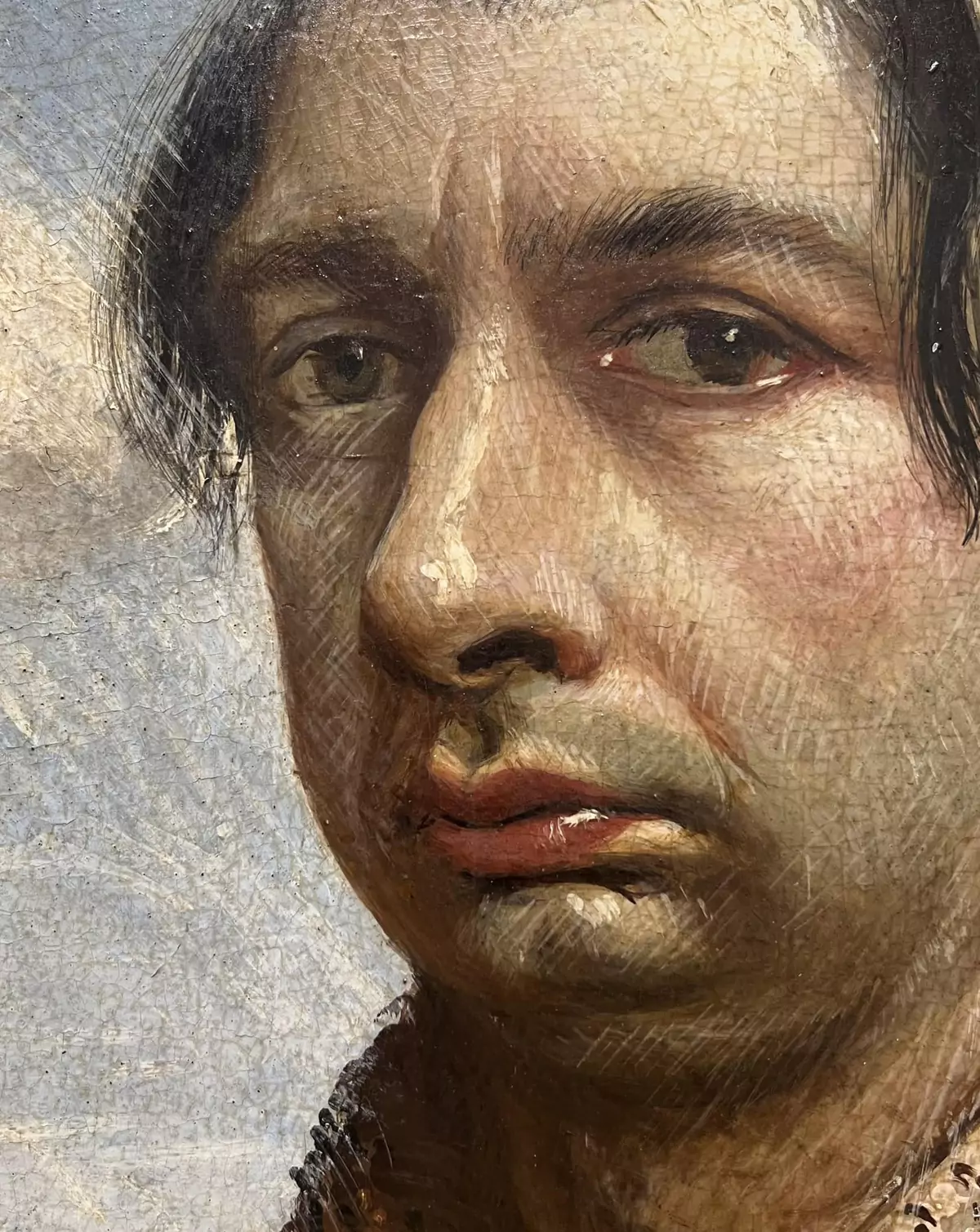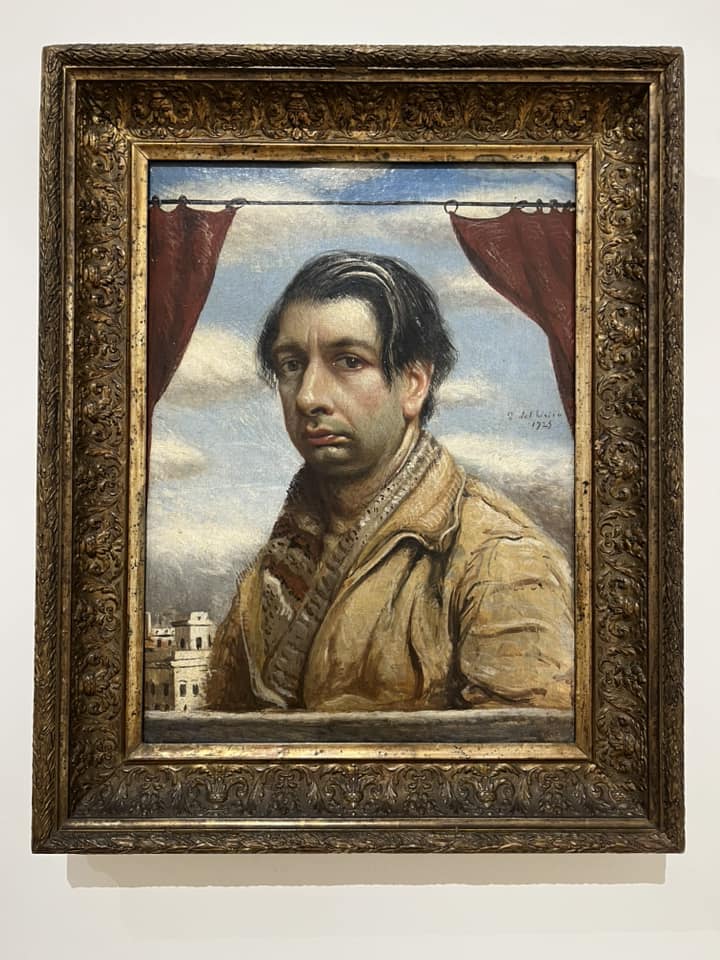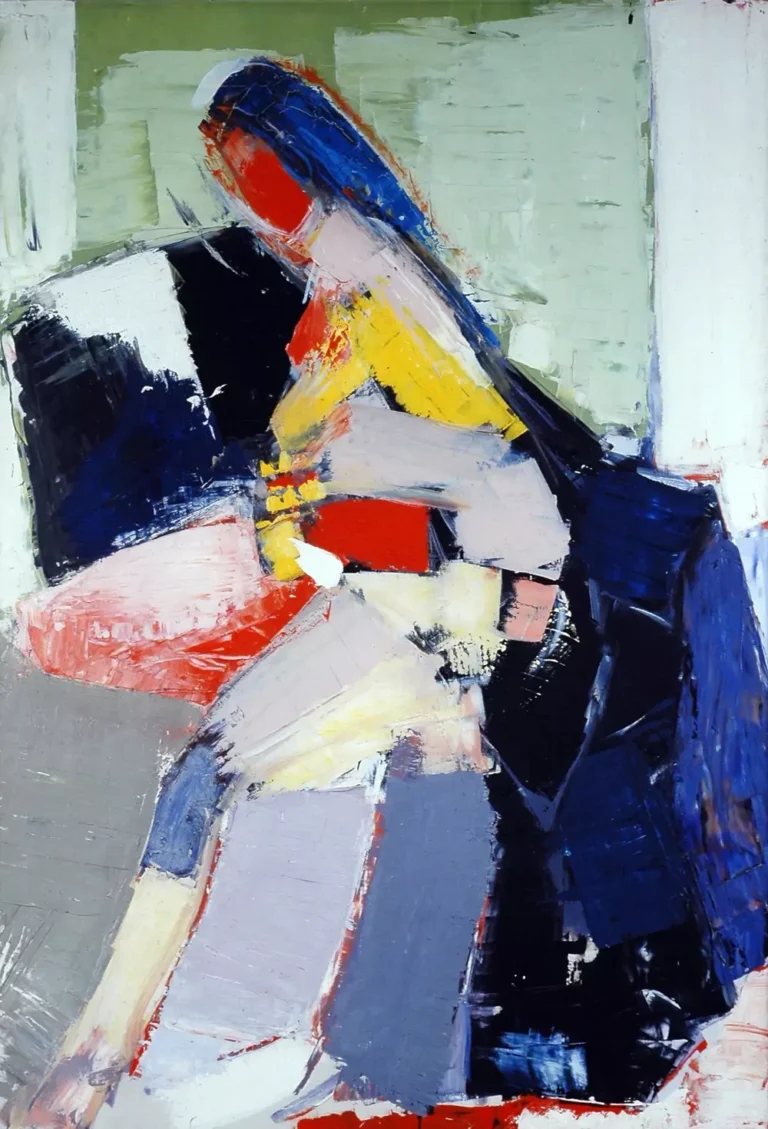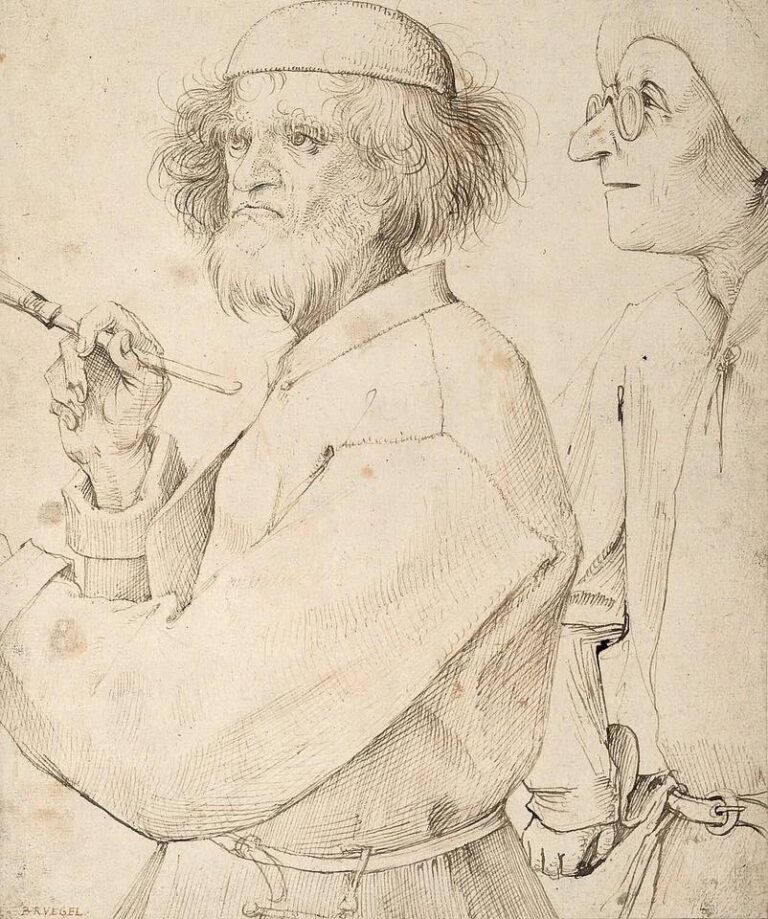Looking for a muse? Check no further. Discover the Best of Art, Culture, History & Beyond!

Giorgio de Chirico, Self-Portrait, 1925
- Artist: Giorgio de Chirico
- Title: Self-Portrait
- Year: 1925
- Medium: Oil on canvas
- Dimensions: 62.5 x 46 cm
- Location: National Gallery of Modern and Contemporary Art, Rome
Giorgio de Chirico’s Self-Portrait (1925) is an extraordinary work that marks a pivotal moment in the artist’s career. While he is most celebrated for his metaphysical paintings, this self-portrait offers an intimate glimpse into his evolving artistic identity. Painted during his transition from metaphysical art to a more classical style, the work reflects not only his personal vision but also the artistic and philosophical conflicts that shaped his career.
In this article, we will explore the painting’s composition, symbolism, and historical significance. Additionally, we will examine de Chirico’s artistic evolution, his influence on modern art, and his lasting legacy.
De Chirico’s Self-Portrait (1925) stands as a deeply introspective piece. Unlike his earlier metaphysical works, which featured eerie, depopulated cityscapes and enigmatic mannequins, this painting presents a direct and personal representation of the artist himself. The choice to depict his own likeness marks a shift in focus—from an exploration of external mysteries to a contemplation of his inner world.
His expression is solemn, almost melancholic, with a piercing gaze that suggests deep introspection. The muted color palette and soft, painterly brushstrokes contrast with the sharp lines and surreal distortions of his earlier works. This self-portrait does not merely document his physical appearance; it serves as a psychological study, capturing the artist’s internal struggles and evolving artistic ideals.
Composition and Symbolism

Theatrical Framing and Lighting
One of the most striking elements of this painting is the way de Chirico frames himself within the composition. He is positioned in front of a bright sky, flanked by red curtains that suggest a stage-like setting. This theatrical arrangement hints at the idea of performance—perhaps alluding to the artist’s awareness of his own role in the art world.
The contrast between light and shadow also plays a significant role. His face is illuminated, drawing the viewer’s focus to his expression, while the darker tones of his clothing recede into the background. This interplay of light and darkness mirrors the duality of de Chirico’s career—his early fascination with metaphysical enigmas and his later return to classical traditions.
The Cityscape in the Background
Behind the artist, we see a distant cityscape, a motif reminiscent of his earlier metaphysical paintings. However, unlike his surreal, depopulated cityscapes, this one appears more naturalistic. The presence of recognizable architecture suggests a return to reality, yet it still carries a sense of detachment. The city remains distant, reinforcing the idea that de Chirico, despite his transition to a more classical style, never fully abandoned his metaphysical sensibilities.
Red Drapery: A Symbol of Transformation
The red curtains that frame the scene are significant. In the history of art, drapery has often been used to symbolize revelation, transition, or transformation. In this context, it may represent de Chirico’s own artistic transformation—from the enigmatic landscapes of metaphysical art to the structured compositions of classicism. The curtains also create a sense of depth, leading the viewer’s eye toward the artist himself as the focal point of the composition.
A Shift from Metaphysical to Classicism
By 1925, de Chirico had distanced himself from the metaphysical paintings that had defined his early career. This transition was not merely stylistic but also philosophical. He began to reject the avant-garde movements that had embraced his earlier work, turning instead to traditional painting techniques inspired by Renaissance and Baroque masters.
In Self-Portrait, this shift is evident in the refined brushwork, the balanced composition, and the naturalistic rendering of the human form. His admiration for classical techniques can be seen in the modeling of his face, which is reminiscent of Old Master portraits. At the same time, the painting retains a certain psychological depth, a hallmark of his metaphysical period.
Giorgio de Chirico remains one of the most influential figures in modern art. Born in 1888 in Greece to Italian parents, he studied at the Academy of Fine Arts in Munich, where he was influenced by the philosophical writings of Friedrich Nietzsche and the Symbolist movement. His early metaphysical paintings from the 1910s laid the groundwork for Surrealism, inspiring artists such as Salvador Dalí, René Magritte, and Max Ernst.
However, his later rejection of modernist movements and his embrace of neoclassicism sparked controversy. Many critics and contemporaries viewed his stylistic shift as a betrayal of his earlier innovations. Despite this, his work continued to influence generations of artists, from Surrealists to Postmodernists.
The Paradox of De Chirico
De Chirico’s career is often described as paradoxical. On one hand, he was a revolutionary figure whose metaphysical paintings changed the course of modern art. On the other, he spent much of his later life attempting to distance himself from these very works. This contradiction is part of what makes his legacy so compelling.
His Self-Portrait (1925) embodies this paradox. It is both a departure from his metaphysical period and a continuation of his lifelong exploration of identity, reality, and artistic expression. It serves as a reminder that de Chirico was an artist who never settled into a single style or ideology but remained in constant dialogue with the past, present, and future of art.
Giorgio de Chirico’s Self-Portrait (1925) is more than a simple representation of the artist—it is a statement of artistic transformation, a meditation on identity, and a bridge between different phases of his career. Through its theatrical composition, symbolic elements, and refined technique, the painting captures the complexities of an artist who continually reinvented himself.
De Chirico’s influence extends far beyond his own era. His ability to blend classical traditions with modernist inquiries has left an indelible mark on art history. Whether through his enigmatic metaphysical paintings or his later classical works, he remains a figure of perpetual fascination—an artist whose legacy continues to inspire and provoke discussion.

This article is published on ArtAddict Galleria, where we explore the intersections of art, history, and culture. Stay tuned for more insights and discoveries!



